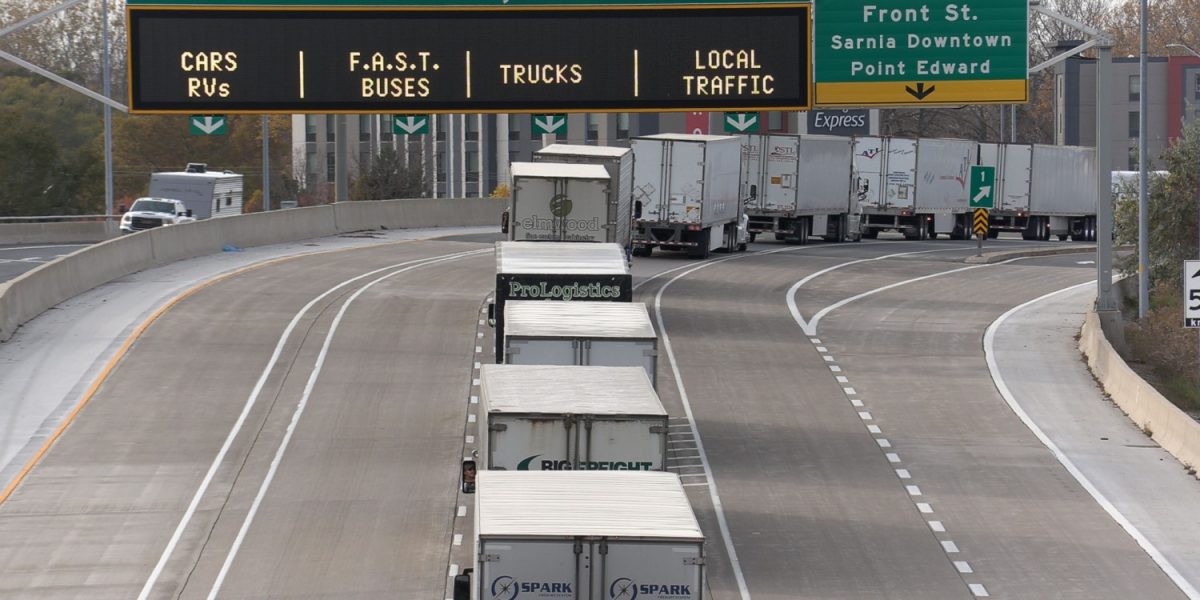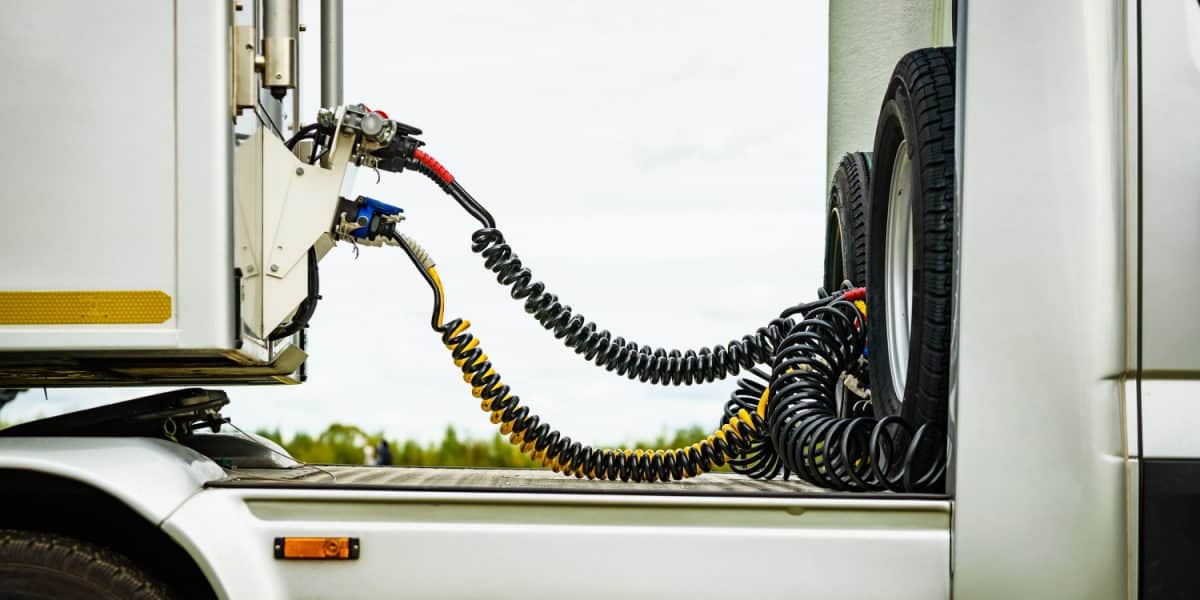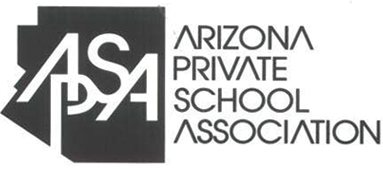As a trucker, you constantly face challenges and unexpected occurrences on the road. Accidents, although we hope they never happen, are an unfortunate reality in the trucking industry. Knowing how to respond when involved in an accident can make a significant difference. This blog post will guide you, our brave truck drivers, through the essential steps to take if you find yourself in such an unforeseen situation.
1. Ensure Safety First
Your immediate priority should be safety. If possible, move your truck out of the path of traffic to a safe location. Always activate your hazard lights to alert other drivers. Check yourself and anyone involved for injuries. In case of any serious injuries, don’t attempt to move the person; instead, wait for emergency services.
2. Call the Authorities
After ensuring safety, contact local law enforcement and emergency services if necessary. Regardless of the accident’s magnitude, reporting it is critical, as it helps you create a legal record. Remember to cooperate with the officers, providing clear and truthful details of the incident.
3. Document the Incident
With modern smartphones, it’s easier than ever to record incidents for future reference. Capture photos of the accident scene from multiple angles, focusing on damage to the vehicles and any surrounding landmarks. This visual evidence can be crucial in case of legal or insurance disputes.
4. Gather Information
Collect as much information as possible from everyone involved in the accident. This includes the other driver’s name, contact information, driver’s license number, and insurance details. If there are witnesses, try to get their accounts of the incident along with their contact details. Also, take note of the location, time, weather conditions, and any other factors that may have contributed to the accident.
5. Report to Your Employer
As a professional driver your next step should be informing your employer about the accident, providing them with all the details. They may have specific protocols to follow. Be sure to follow through on any next steps they require.
6. Seek Medical Attention
Even if you think you’re uninjured, it’s crucial to seek medical attention. Some injuries might not be immediately apparent, and having a medical record following the accident can be important for insurance and legal purposes.
Managing Setbacks As A Trucker
As a trucker, dealing with an accident on the road can be overwhelming. Remember, the priority is always safety first, then properly documenting the incident and notifying the appropriate parties. Understanding these steps not only ensures you’re legally protected but can also help you get back on the road faster.






















